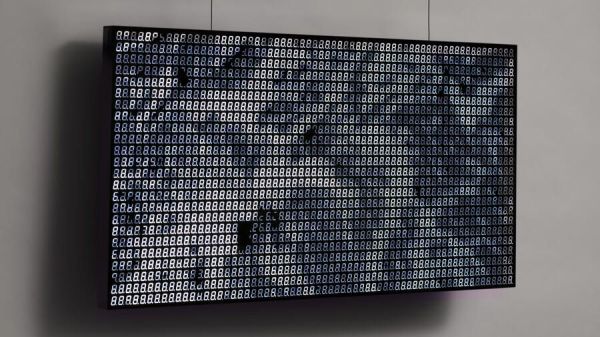Join us on Wednesday, February 22 at noon Pacific for the Picking a Laser Hack Chat with Jonathan Schwartz!
You’ve got to admit that it’s a pretty cool world to live in that presents a problem like, “Which laser cutter should I buy?” It wasn’t all that long ago that decisions on laser purchases were strictly in the realm of Big Science, and the decision was driven as much by spending grant money as by the specifics of the application. If you were in need of a laser back then, chances are good you had some deep pockets, or at least access to someone else’s pockets.
Fast forward a couple of decades or so and buying a laser is an entirely different exercise. Lasers have become a commodity, and finding the right one depends entirely on your use cases. Lasers are no longer jealously guarded laboratory instruments, but workhorses on the vanguard of the desktop manufacturing revolution. They engrave, they cut, they melt — in short, they do a LOT of work. And it’s up to you to choose the right laser for the job.
 To help us sort all this out and come up with a plan for figuring out the best laser for any use case, we’ve invited Jonathan Schwartz back on the Hack Chat. Jon dropped by back in March of 2021 to share his wealth of laser experience thanks to his laser-cutting business. This time around we’re going to focus — err, concentrate — oops, drill down — oh, whatever! — on the more practical aspects of buying a laser. We’ll talk about laser types, fiber lasers, applications vs. laser specs — anything you can think of. If you have questions about buying a laser, we’ll have answers!
To help us sort all this out and come up with a plan for figuring out the best laser for any use case, we’ve invited Jonathan Schwartz back on the Hack Chat. Jon dropped by back in March of 2021 to share his wealth of laser experience thanks to his laser-cutting business. This time around we’re going to focus — err, concentrate — oops, drill down — oh, whatever! — on the more practical aspects of buying a laser. We’ll talk about laser types, fiber lasers, applications vs. laser specs — anything you can think of. If you have questions about buying a laser, we’ll have answers!
Our Hack Chats are live community events in the Hackaday.io Hack Chat group messaging. This week we’ll be sitting down on Wednesday, February 22 at 12:00 PM Pacific time. If time zones have you tied up, we have a handy time zone converter.
Click that speech bubble to the right, and you’ll be taken directly to the Hack Chat group on Hackaday.io. You don’t have to wait until Wednesday; join whenever you want and you can see what the community is talking about.
 But as a parting gift, we present what has to be the best selfie of the year — a photo by the pilot of a U-2 spy plane of the balloon that started it all. Assuming no manipulation or trickery, the photo is remarkable; not only does it capture the U-2 pilot doing a high-altitude flyby of the balloon, but it shows the shadow cast by the spy plane on the surface of the balloon.
But as a parting gift, we present what has to be the best selfie of the year — a photo by the pilot of a U-2 spy plane of the balloon that started it all. Assuming no manipulation or trickery, the photo is remarkable; not only does it capture the U-2 pilot doing a high-altitude flyby of the balloon, but it shows the shadow cast by the spy plane on the surface of the balloon.


















